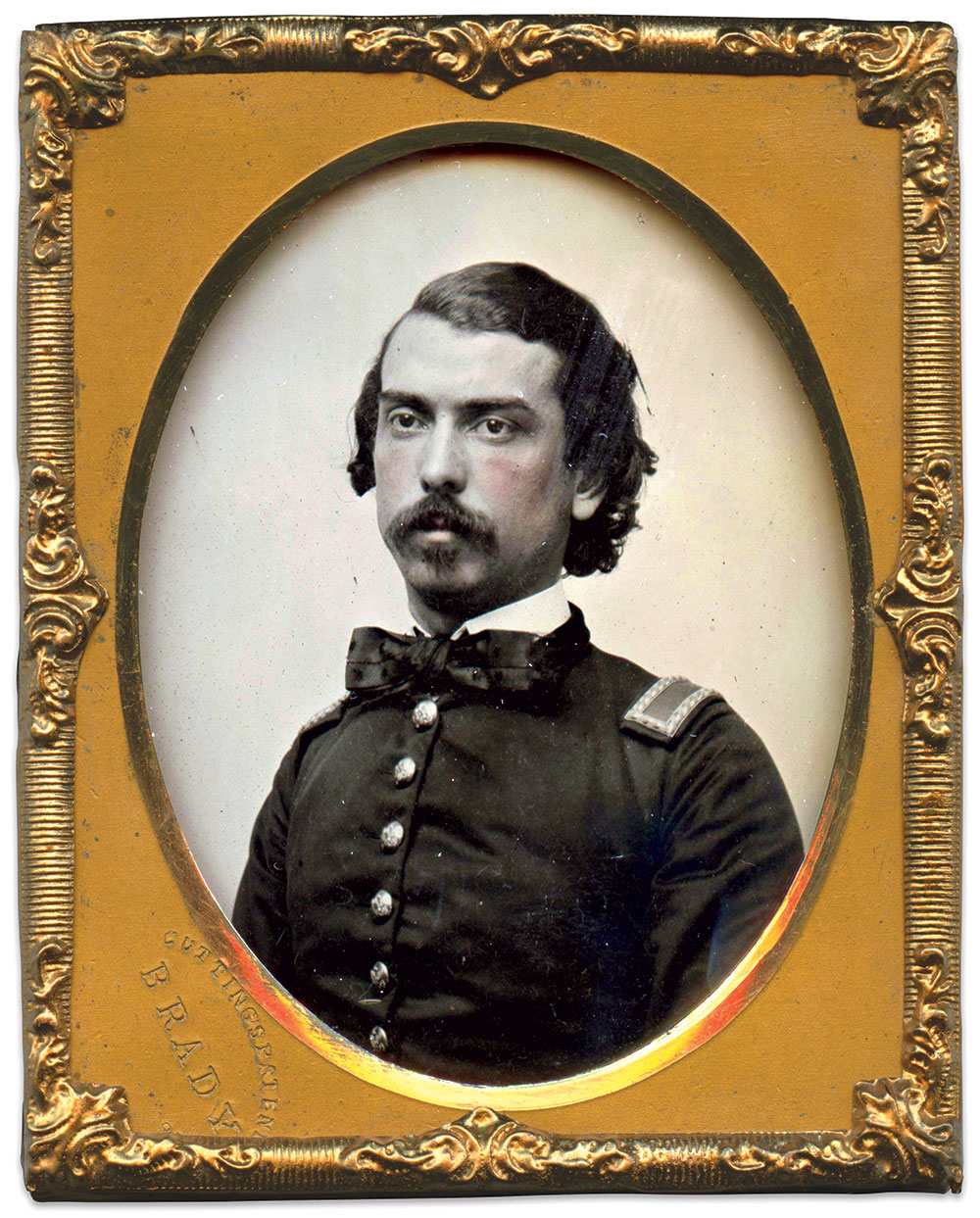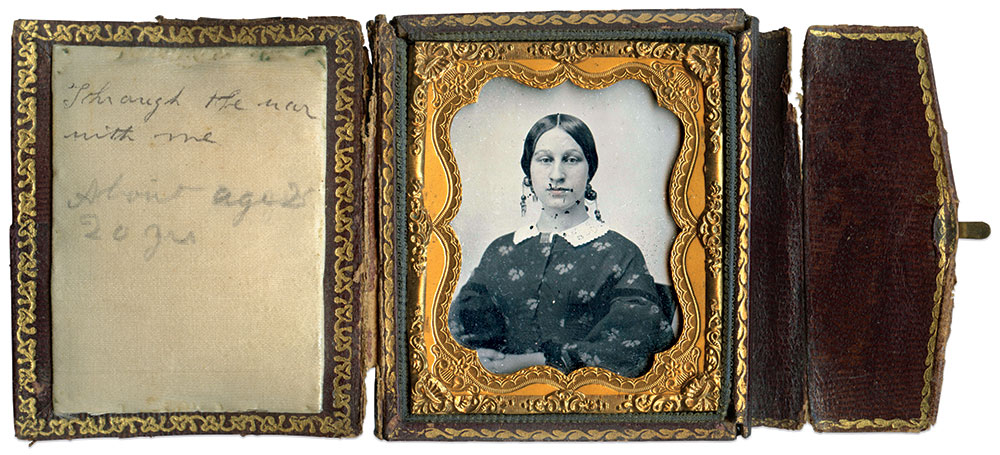Behind this portrait of a West Pointer exists a tragic story of a military family divided by loyalties, and a lifetime of pain from war wounds.
He is Henry Augustus Frederick Worth, U.S. Military Academy Class of 1859. Born in Portsmouth, Va., Henry was two years old when his father, Navy Lt. Algernon Sydney Worth, died at sea aboard the sloop of war Concord in 1841.
Henry entered West Point in 1854 and embarked on an army career. He followed in the footsteps of his uncle, Col. William Jenkins Worth, a veteran campaigner in the War of 1812 and Mexico before he succumbed to cholera in 1849.
Henry, according to one admirer, “was gentle and modest in the extreme and always took pleasure in the success of his friends and associates.” In other words, a team player.
Henry posed for this portrait in Mathew Brady’s landmark New York City gallery sometime between the summer of 1859, when he received his second lieutenant’s shoulder straps, and 1860, when the army dispatched him to California with the 6th U.S. Infantry.

The Civil War prompted Henry’s recall to the East. He remained loyal to the Constitution. His only sibling, younger brother Algernon, a U.S. Navy midshipman, made a different choice. He followed his native Virginia into the Confederacy and joined the rebel navy. Algernon served along the James River on the Patrick Henry and Hampton, and at Houston, Texas. He died in 1885 at about age 44.
Henry advanced to first lieutenant and joined his comrades in the 6th on the 1862 Peninsula Campaign. Here he suffered two wounds: A shell fragment in the groin at Gaines’ Mill and a bullet or buckshot in the neck at Malvern Hill. By this time, he had contracted malaria. The combined effects of injuries and disease prompted his resignation soon after the campaign ended.
Henry suffered in pain for the rest of his days. He attempted to earn a living as a quartermaster’s clerk and a superintendent of workmen at the Board of Public Works in New York City. His wife, Mary, whom he married in 1868, took care of him after his health slipped into steep decline after 1874. His meager pension became a hot topic, as Mary appealed for increases to support her invalid husband.


Henry lingered in a largely helpless condition until his death in 1900 at age 62. He is buried in Rock Creek Cemetery in Washington, D.C. Mary joined him there in 1916.
SPREAD THE WORD: We encourage you to share this story on social media and elsewhere to educate and raise awareness. If you wish to use any image on this page for another purpose, please request permission.
LEARN MORE about Military Images, America’s only magazine dedicated to showcasing, interpreting and preserving Civil War portrait photography.
VISIT OUR STORE to subscribe, renew a subscription, and more.

